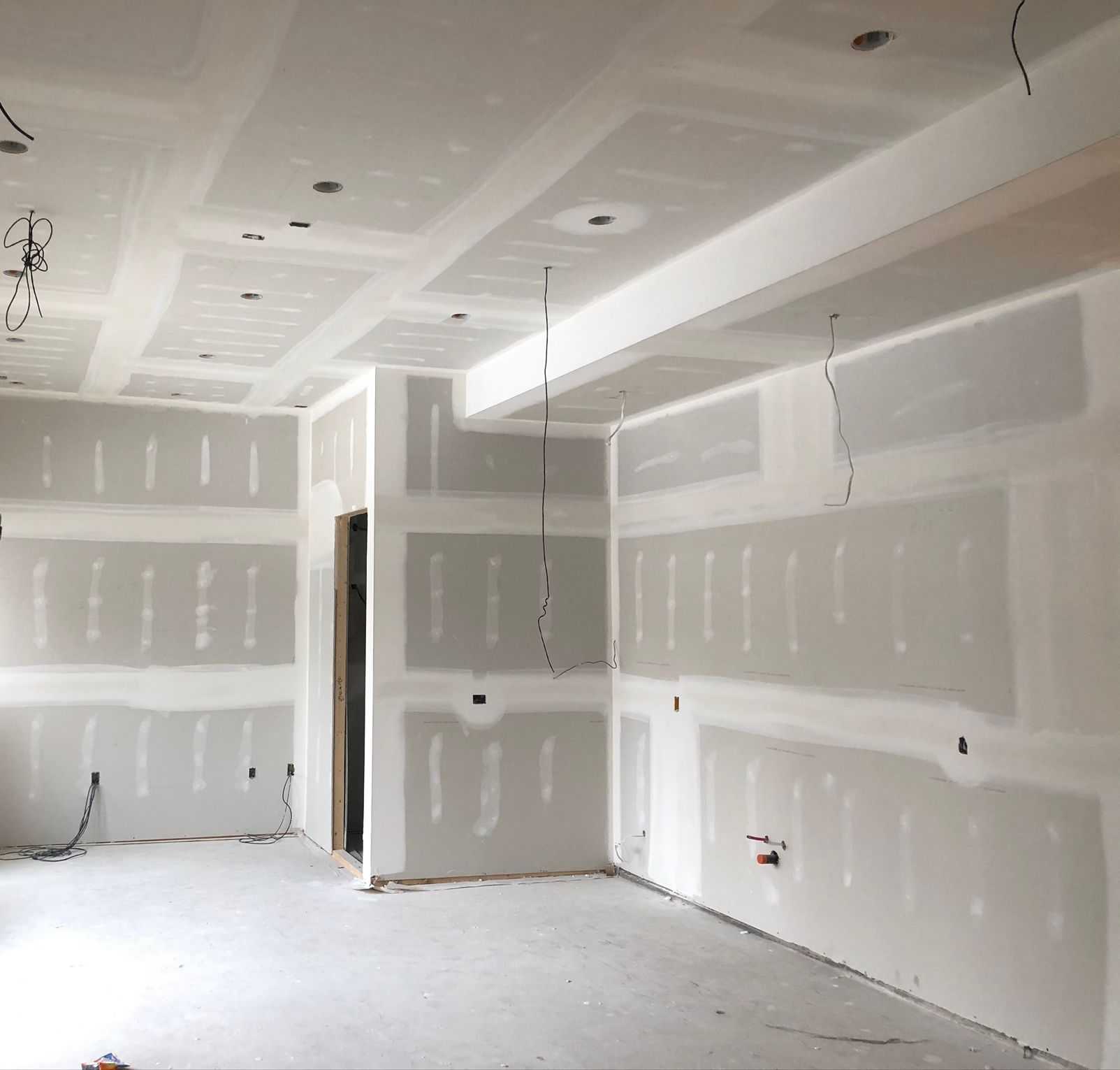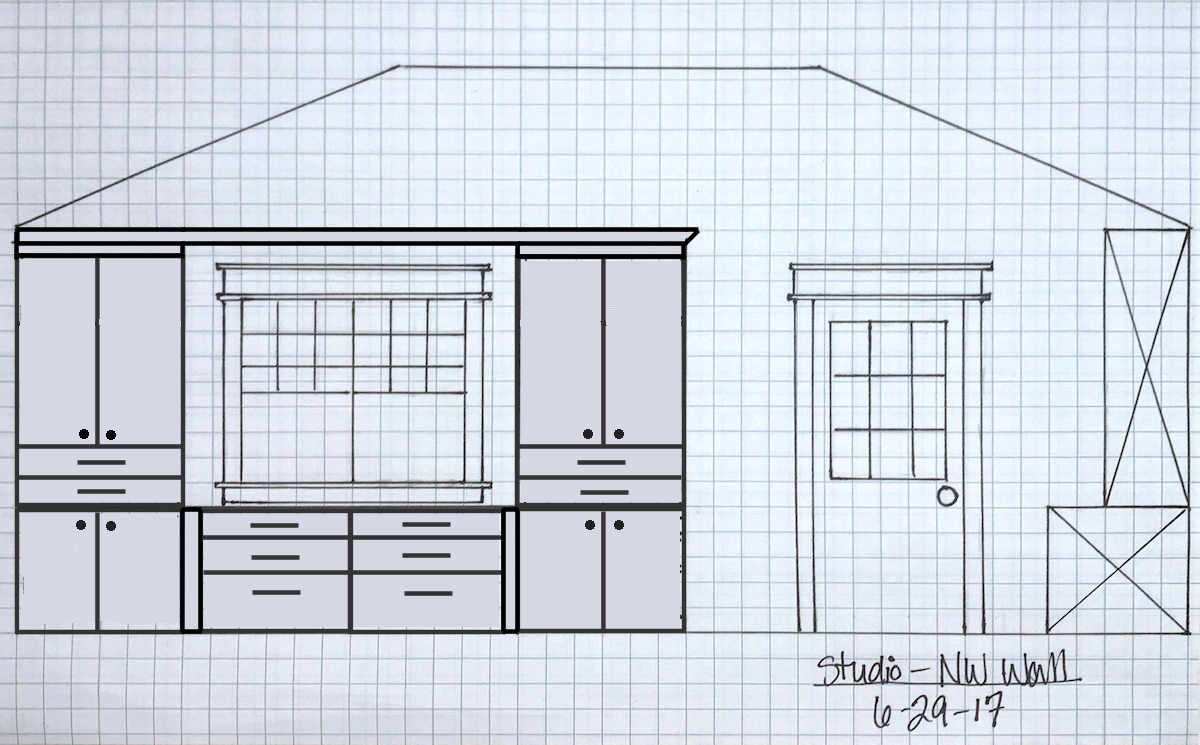[ad_1]
Drywall installation is a fundamental aspect of modern construction and renovation projects, offering a clean, durable, and versatile finish to interior walls and ceilings. However, when planning such endeavors, homeowners often find themselves faced with the task of obtaining accurate estimates for their drywall needs. From material costs to labor expenses, understanding drywall estimates is crucial for budgeting and ensuring a successful project outcome. In this comprehensive guide, we delve into the various factors that influence drywall estimates, empowering homeowners to make informed decisions.
Material Costs
The first component of a drywall estimate is material costs. Drywall sheets are typically priced per square foot, with variations based on thickness and type. Standard drywall, moisture-resistant (green) drywall, and fire-resistant (Type X) drywall are among the common options. Additionally, tape, joint compound, screws, and corner beads are essential materials included in the estimate. The quantity required depends on the square footage of the area to be covered and any specific project requirements.
Labor Charges
Labor charges constitute a significant portion of drywall estimates. The complexity of the project, including the number of rooms, ceiling height, and intricacy of wall configurations, influences labor costs. Contractors may charge per hour or provide a flat-rate estimate based on the scope of work. Factors such as demolition of existing walls, installation of insulation, and finishing techniques (such as texturing) contribute to the labor expenses. Obtaining multiple quotes from reputable contractors helps homeowners compare costs and ensure competitive pricing.

Room Preparation
Before drywall installation can commence, proper room preparation is necessary. This may involve removing existing wall coverings, such as wallpaper or old drywall, as well as relocating furniture and protecting flooring and fixtures from damage. The extent of preparation required affects both time and cost estimates. Clear communication with contractors regarding pre-installation tasks ensures an accurate estimate and smooth project progression.
Accessibility and Site Conditions
Accessibility to the work area and site conditions play a crucial role in determining drywall estimates. Factors such as limited access to upper floors, narrow hallways, or tight corners may increase labor time and effort, thereby impacting costs. Similarly, existing structural issues, such as uneven walls or plumbing/electrical obstructions, necessitate additional preparatory work, which is reflected in the estimate. Contractors assess these factors during the initial consultation to provide a realistic cost projection.
Finishing Options
The desired finish of the drywall surface influences both material and labor costs. Smooth finishes are typically more labor-intensive, requiring multiple coats of joint compound and sanding for a flawless appearance. Alternatively, textured finishes, such as orange peel or knockdown, offer aesthetic appeal while minimizing imperfections and may require less labor and material expenditure. Homeowners should discuss finishing options with their contractor to align preferences with budgetary considerations.
Additional Services
Beyond basic drywall installation, homeowners may require additional services that impact the estimate. This includes painting, trim installation, and electrical or plumbing modifications. Integrating these tasks into the overall project plan facilitates coordination and may yield cost savings compared to separate contracting arrangements. However, it’s essential to factor in these services when obtaining initial estimates to avoid budgetary surprises later on.

Timeline and Scheduling
The timeline for completing the drywall installation influences both labor costs and project scheduling. Contractors may adjust pricing based on project urgency and availability, with expedited timelines incurring higher labor charges. Furthermore, coordination with other trades, such as electricians or plumbers, affects scheduling and may impact overall project costs. Clear communication regarding project timelines ensures alignment between homeowner expectations and contractor commitments.
Contingency Planning
Lastly, prudent homeowners incorporate contingency funds into their drywall estimates to account for unforeseen expenses or project delays. Unforeseen issues, such as hidden structural damage or supply chain disruptions, can impact both cost and timeline estimates. Allocating a percentage of the budget as a contingency provides financial flexibility and peace of mind, safeguarding against budget overruns and ensuring project completion without compromise.In conclusion, obtaining accurate drywall estimates is essential for successful home construction and renovation projects. By considering factors such as material costs, labor charges, room preparation, site conditions, finishing options, additional services, timeline, and contingency planning, homeowners can develop comprehensive budgets and make informed decisions. Collaboration with experienced contractors and clear communication throughout the estimation process fosters transparency and ensures alignment between expectations and outcomes. With a well-defined estimate in hand, homeowners can embark on their drywall projects with confidence, knowing they are equipped to navigate challenges and achieve their desired results within budgetary constraints.
[ad_2]
Source link











